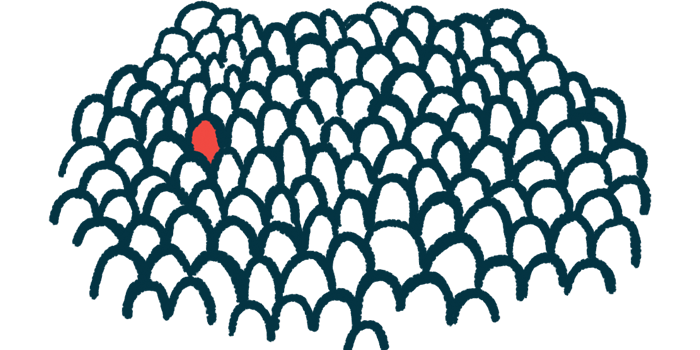New Institute Aims to Leave No Rare Disease Patient Behind
Written by |

A newly launched non-profit institute is seeking to advance research, and the development of new therapies, for people with rare diseases — a patient community with some of the largest therapeutic needs, but one that is often left behind.
Named the Institute for Life Changing Medicines, the project was co-founded by James M. Wilson, MD, PhD, a pioneer in gene therapy, and Alex Karnal, an expert in biotechnological and pharmaceutical investments.
“The Institute was established to fight for the underdog and to encourage and incentivize the development of these lifesaving therapies for the patients who need them most,” Wilson, the institute’s chief scientific officer, said in a press release.
Although one in 10 people in the U.S. has a rare disease, treatments for such rare disorders are often very costly and difficult to access. Owing to small patient populations, larger companies often lack financial incentives to commercialize therapeutics with transformative potential for rare diseases.
“Next generation medicines including cell and gene therapies have enormous therapeutic potential for these people but developing and scaling these treatments can be very challenging and incredibly costly to develop,” said Karnal, CEO of the institute.
Believing that “a healthy life is a basic human right,” the organization aims to identify and acquire advanced treatments, and go through the necessary clinical testing for a potential commercialization. While a not-for-profit organization, the institute will sell its products with a certain margin, and profits will be reinvested in future programs.
The Institute for Life Changing Medicines also expects to monetize priority review vouchers to advance its therapeutic programs. Priority review is a status given to potential therapies in areas of unmet need that shortens review time by the U.S. Food and Drug Administration, from 10 to six months. These special statuses can be used by the drug developer or sold on the open market — and some estimate these vouchers are worth $100 million each.
“Solving for the industry’s accessibility obstacles is not an easy feat, but we are working to ensure no patients are left behind around the globe,” Wilson said.
The institute is now developing therapies for Crigler-Najjar syndrome type 1 and AADC deficiency, two ultra-rare diseases affecting fewer than 150 people worldwide each. Also being developed is a treatment for patients with Lesch Nyhan syndrome, a disease characterized by self-mutilation.
The therapy for Crigler-Najjar, called mRNA-3351, recently was licensed from Moderna with no upfront fees and no downstream payments in a first collaboration between the company and the non-profit.
“Ultra-rare diseases are always a challenge for our industry given the very small number of patients who could benefit from the medicine,” Stéphane Bancel, CEO of Moderna, said in a separate press release.
“We decided that rather than charge a high price for the medicine candidate, which is not aligned with our values, we would rather give it away for free,” Bancel said, adding that Moderna also will provide the mRNA-3351 material at no cost.
“Our goal is to bring new hope for patients and their families,” he said.
Both Karnal and Wilson, also the director of the Orphan Disease Center at the Perelman School of Medicine at University of Pennsylvania, hailed the pharmaceutical company’s support of the institute’s “novel nonprofit business model.”
“This partnership with Moderna could serve as a model for developing life changing medicines for those living with rare diseases when traditional business models for drug development fall short,” Wilson said.






